Throughout the years we’ve seen a number of very memorable video game antagonists: characters who oppose the hero. But which ones are truly the best? Which ones are the most complex and unique characters? You’ll find many similar lists for film and television, but not many serious ones for video games. But GND-Tech is here to change that. From SHODAN to GLaDOS, Frank Fontaine, or Revolver Ocelot, there are many strong candidates for this list. Continue reading to find out who resides within the top 10!
Be warned, this article is full of spoilers. Stories are dissected with considerable detail. Some of the antagonists aren’t even clearly the antagonist until a twist reveals it. If you don’t want to spoil too much, just look at the name of the antagonist, the game, and the picture, and then move on. Spoiler tags are placed around the most sensitive information.
#10
“Actually, Mr. Jensen, I prefer to think of myself as Daedalus, watching helplessly as his child crashes into the sea…”

Hugh Darrow from Deus Ex: Human Revolution starts off our list. This cyberpunk-themed stealth RPG takes place in a futuristic world, with the story revolving around augmentation technology, transhumanism, where it will lead us, and how it has divided our culture. It also brings up questions about government control, large corporations and the amount of power they wield, and what it means to be human. It’s a grey world with complex, difficult decisions without clear answers.
You take on the role of Adam Jensen, an unwillingly augmented security guard and former SWAT officer, who works for Sarif Industries, one of the largest augmentation technology companies in the world. Your boss and friend, David Sarif, is of course in favor of augmentation. It isn’t made clear that Hugh Darrow is the antagonist until late in the game.
Throughout the game you’re presented with various conflicts for which you’re forced to take a side. Most characters in the game can be labeled as either pro-augmentation or anti-augmentation, but it’s up to you to align yourself, and neither one is inherently good or evil.
Hugh Darrow was the founding father of augmentation technology. A crippled man himself, he actually has no augments since his body couldn’t accept them.
The final confrontation with Hugh Darrow goes down as one of the most memorable encounters in video game history, showcasing the amazing and intense dialogue/persuasion system offered in Deus Ex: Human Revolution. It’s totally dynamic, and feels like you’re really talking to someone. Revisiting that scene will always provide new dialogue.
Depending on what you choose to say, you can get Darrow to rethink his stance and motives. There are multiple outcomes, and you can even get him to question his motives, asking whether or not they’re as true as they once were. Or were his actions guided by envy due to the fact that he’s a disabled man who can never use augmentation technology? He’s a very complex character, and due to the game’s amazing use of RPG elements, you can really explore his persona.
#9
“You are a bolt that fell out of the machine.”

C-Consciousness from S.T.A.L.K.E.R. Shadow of Chernobyl ranks next on our list. Most people who played the game aren’t even aware of its existence, since most end up with one of the five “bad” endings that reveals practically nothing. This is punishment for those who don’t explore and complete quests.
The S.T.A.L.K.E.R. games take place in an area known as The Zone, which is the area around and including the Chernobyl Nuclear Power Plant. According to the games’ lore, in 2006 a second disaster occurred there. It lit up the sky and appeared like nothing anyone had ever seen before, and when it was all over, the area became home to lots of radiation and weird, deadly anomalies. It didn’t take long for mutated creatures to take over, but inside the Zone were marvelous things called artifacts, which grant special properties to anyone bearing them and are worth more than their weight in gold.
These artifacts are what attract most people to the Zone, but nobody, not even the Ukrainian government, knew what the Zone really was. Nobody found out its biggest secrets, how it came into existence, nobody knew the truth about the myth of a monolithic stone known as The Wish Granter that supposedly grants wishes. Nobody knew why the 2006 disaster occurred, nobody knew the origin behind emissions or blowouts (fatal “natural disasters” that occur in the Zone periodically), nobody knew why the Zone acts as if it’s a living system. The Zone is a mystery.

To cut a very long and complex story short, in S.T.A.L.K.E.R. Shadow of Chernobyl you play as an amnesiac stalker called Strelok, one of hundreds of treasure hunters who was initially searching for artifacts in the Zone, as well as the truth behind the Zone. On your quest to discover who you are and to discover the nature of the Zone, you can find the answer, even if most people who play the game do not.
The reason it makes the list is because its appearance, its existence, is a huge surprise. S.T.A.L.K.E.R. Shadow of Chernobyl provides such a unique and interesting world, and seeing it all come together is a mesmerizing experience. It’s a very creative antagonist, not opposing the player directly even though it pulls all the strings, and it adds more layers to the already complex story.
#8
Our next entry happens to be one of the most terrifying antagonists in video game history. Meet Pyramid Head, the apparent antagonist in Silent Hill 2.

That’s right, no quote for Pyramid Head. He never speaks.
Like everyone else on this list, Pyramid Head is a very complex character, if you want to even call him a character. It’s much harder to understand its presence and meaning than anyone else on the list. Silent Hill 2 goes down as one of the very best stories in video game history (#3 in my book, behind Neverwinter Nights 2: Mask of the Betrayer and Planescape: Torment). It’s one of the most thought-provoking and creative stories, using an abundance of metaphors, symbolism, foreshadowing, and more, leaving it up to the player to link these discrete but concrete ideas together and come to his own conclusions.
In Silent Hill 2 you take on the role of James Sunderland, a recent widower. One day you receive a message from your deceased wife, telling you to find her in your “special place” in the town of Silent Hill. This spiritual, psychological journey is an industry-leading, mind-opening experience. Along the way you’ll find a large humanoid creature with a large, red pyramid-shaped object covering his head. He wields an enormous sword called “The Great Knife”, he destroys and physically dominates other creatures right in front of you (especially females), and he will probably haunt your dreams if you play the game and are easily scared.
But his menacing, intimidating appearance isn’t the only reason why he makes the list. Every appearance of his and just about every action he does is a symbolic, deep, and very meaningful event that may take several playthroughs to understand. He’s not just some big monster, in fact nobody can even be certain as to what he is but there are a few theories.
This is what I make of his appearance. I haven’t played the game in some time, and it’s definitely worth revisiting. It’s not possible to understand it all just from one playthrough. You can find out more about Pyramid Head by reading this article. His terrifying, symbolic, and very complex presence gives him a firm spot.
#7
“All these roads, you walked. These packages you carried. Think it wasn’t your choice? Of course it was your choice. You could have stayed in the Mojave. But you chose to come, couldn’t let be – not in you to let go. Came for no other reason than you were curious, restless – always have been. Had to know the why of it – now, I’ll show you.”
Ulysses is the antagonist of Fallout: New Vegas – Lonesome Road. Ulysses is probably the world’s most undecided person when it comes to the philosophies behind civilization. Lonesome Road is a strong philosophical allegory about the impact one person’s careless actions can have. Ulysses wears dreadlocks, as did everyone in his original tribe which was aptly called the Twisted Hairs. They had previously allied with Caesar’s Legion. Ulysses was a scout, traveling far and long, absorbing everything he came across. After they helped Caesar’s Legion conquer Arizona, Caesar rewarded them by betraying their alliance, slaughtering them and enslaving the survivors and erasing the tribe from history, like he does with every other tribe.
Ulysses took his own namesake from Ulysses S. Grant, as he was an avid student of history. He admired how Grant was a key general in the revolutionary war and uniting of two flags. Due to his resourcefulness and willing to bend the knee to Caesar, Ulysses was put to work as a courier/spy for the legion, like many other couriers in the New Vegas region. It was Ulysses who saw the NCR at Hoover Dam, told Caesar about it, thus focusing all of Caesar’s attention on conquering the NCR.
His dialogue helps him stand out among video game characters. Ulysses is a real puzzle that you must figure out, his character oozes with personality and his philosophical arguments are his main weapon.
#6
“Mankind is not united as I am – such a seething mass of individuals, little wonder you all pull in different directions. All of me pulls in one direction, and for that reason alone I have bested those that disturbed me.”
Here we have one of gaming’s most mysterious and intriguing antagonists. We present to you the Tuurngait, the antagonist throughout the Penumbra franchise.
Yes, Penumbra has two entries on this list. How about that! It does a wonderful job introducing Inuit mythology. The Inuit describe the Tuurngait as a spirit, sometimes good or evil. Over time the term has been used to refer to demons. Is that what the Tuurngait is in Penumbra? To be honest, we’ll never know. Its origins are never explained, some things are best left a mystery.
The protagonist of Penumbra is a physics teacher named Philip. One day he received a letter from his father, who abandoned his mother before he was born and was presumed dead for about thirty years. The letter instructed Philip to go to a bank in Mayfair and destroy some cryptic documents stored there. But of course, curiosity told him to do otherwise. Rather than simply doing what he was told, Philip went to a linguistics expert in order to decipher the documents. Not much was discovered, except for the location of an abandoned mine in Greenland. This is where the game takes off.
Philip ends up trapped in the mine. It doesn’t take long before he starts hallucinating and hearing things, and to make matters worse, he’s trapped in there with abnormally large deadly creatures. Eventually he comes across a mysterious door, but before he gets a chance to discover what’s behind it, he is knocked unconscious and dragged to a cell.
The story behind Tuurngait is a very memorable one, its presence is very mysterious and thought-provoking, and this is why it ranks #4 on our list.
#5
“The Unity will bring about the master race. Master! Master! One able to survive, or even thrive, in the wasteland. As long as there are differences, we will tear ourselves apart fighting each other. We need one race. Race! Race! One goal. Goal! Goal! One people… to move forward to our destiny. Destiny!”
Next on our list of best video game antagonists is Master (born Richard Moreau) from Fallout.
Master is a strange hybrid if computers and mutated creatures. He speaks in multiple voices and has a very bizarre, disturbing appearance.
Fallout is a post-apocalyptic RPG. Richard Moreau lived in an underground Vault, one of many locations used to continue civilization after the nuclear war of 2077. These Vaults were also used for various experiments, though the residents usually weren’t aware. Richard Moreau was exiled from his Vault for murder.
He started a new life in a city known as The Hub, where he changed his name to Richard Grey, and met a prominent trader known as Harold. The two of them gathered a group of scientists and went to find the source of local hostile creatures. While searching, they came across Mariposa Military Base. Everything went to hell once they entered, and Grey was knocked into a tub that contained FEV, or Forced Evolutionary Virus.

Master is mentioned throughout essentially every Fallout game. He is arguably the biggest, most significant antagonist throughout the franchise, and it is interesting that he is not a truly evil character with horrifying motives.
#4
“That is bitter. The gods and fates are cruel. I served you faithfully once, Lord Nerevar, and you repaid me with death. I hope this time it will be you who pays for your faithlessness.”
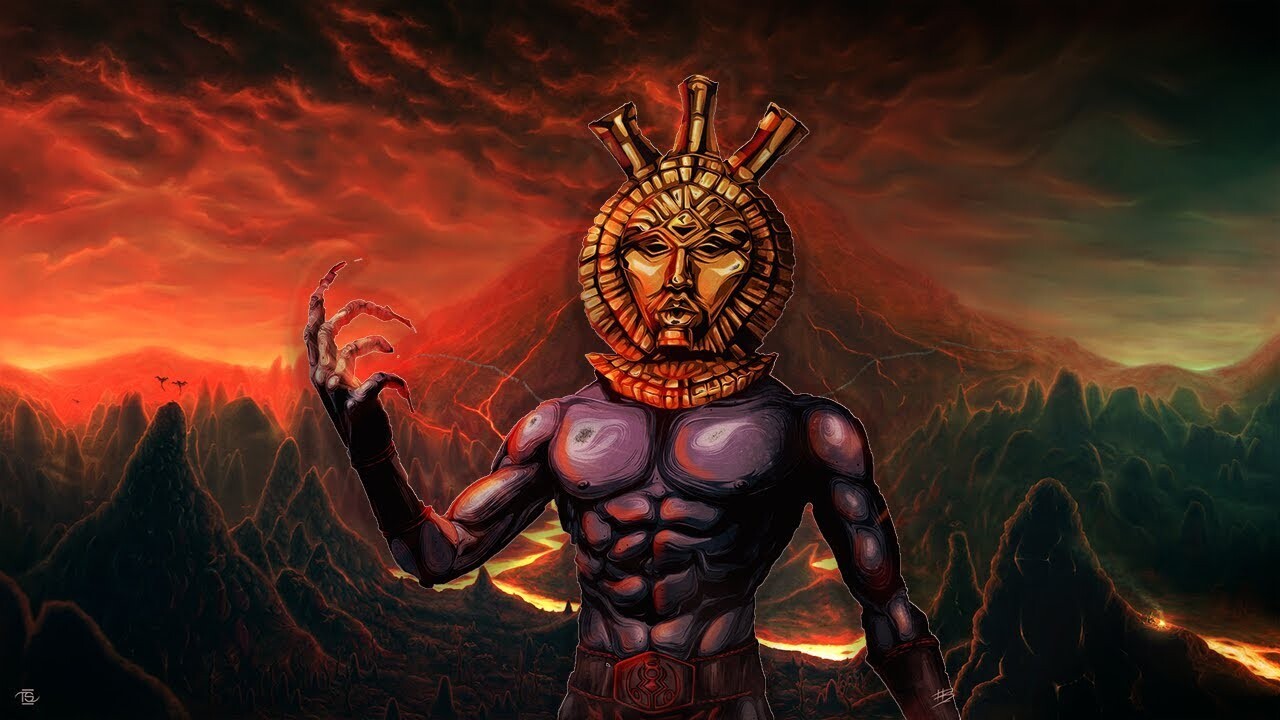
Artwork by Thorn Spine
Dagoth Ur is the antagonist of The Elder Scrolls III: Morrowind. The game does a magnificent job building up to his eventual appearance, and while his actual appearance isn’t as great as it could have been (especially the voice acting), the rich story behind this character is why he ranks so highly.
You spend much of Morrowind learning about its history, religions, politics, criminal world, really everything about it. The world building is stellar, but Dagoth Ur’s story starts in ancient times. In a nutshell (and I am greatly simplifying the lore here), Indoril Nerevar had united the Dwemer and Chimer (Chimer are the predecessors of the Dunmer, before they were “Dark Elves”) to drive off Nordic invaders, liberating Morrowind and securing its independence and freedom. Note that even this manifests in the game as its own story, it is not just glossed over. So Nerevar was already a legend at this point. But, as Nerevar’s advisors anticipated, the peace did not last. The Dwemer were a unique Elven race known for their technological advancement: nobody else in the world was comparable, and rather than worshiping spirits they worshiped their own machine creations. They made their own gods. Totally unlike everyone else in The Elder Scrolls universe.
The Dwemer lived primarily underground, always digging and mining for materials since they were engineers after all. At some point they unearthed something that was not meant to be found: the Heart of Lorkhan. This is an ancient sacred artifact of unimaginable power, and it brings its own story to the game. Essentially, Lorkhan was a God that created the Mortal Plane (Nirn) against the wishes of the other gods, so as punishment his heart was ripped from him. The gods could not destroy this heart, so they sent it down into Nirn and did their best to hide it so that it would never be found. The Heart ended up creating the Red Mountain in the center of Vvardenfell, which is a massive volcano where the game takes place.
Well, the Dwemer accidentally unearthed the Heart of Lorkhan, and of course they wanted to utilize its power. House Dagoth, one of Morrowind’s Great Chimer Houses and perhaps the most cunning one, led by Voryn Dagoth at the time, was able to discover that the Dwemer had found the Heart of Lorkhan. Relationships between the Dwemer and Chimer were already falling, but Voryn Dagoth performed his duty and informed his friend Indoril Nerevar of this news. Goddess Azura herself had to step in and tell Nerevar that the Dwemer were using the Heart of Lorkhan to create their own machine God. With this news, the War of the First Council erupted. But did Azura prompt this war between mortals out of envy? Or fear? Fear for herself alone, or for the mortals as well? Was this a selfish act of Azura, using mortals to strike down other mortals just for blasphemy? More thoughtful religious overtones.
The culmination of the War of the First Council was the Battle of Red Mountain. The Chimer had defeated most of the Dwemer and surrounded them in their stronghold, within Red Mountain itself, where the Heart of Lorkhan was kept, and where Kagrenac’s Tools were stored which were created by a Dwemer High Priest and Magecrafter to harness the power of the Heart. The Chimer won, the Dwemer lost as far as everyone is concerned. At some point during this climactic battle, Kagrenac’s Tools were used on the heart, resulting in the disappearance of the Dwemer race which hasn’t been seen since. Nobody knows if the Dwemer did this to themselves accidentally, or if Vivec/Sotha Sil/Almalexia used the tools on the heart to vanquish the Dwemer. To this day nobody knows if the Dwemer are alive in some other realm or dead. But Kagrenac’s Tools and the Heart of Lorkhan remained a problem. Unfathomable power not even meant for mortals.
Dagoth Ur was a master of intrigue and subterfuge, but was he a victim at the hands of the beloved Tribunal? Was he just a tool at the hands of Azura like all mortals, fighting her war in the first place? Dagoth Ur is certainly an extremist during the game, but was he pushed to the extreme by the Tribunal? We’ll never know. What we do know is that this this brilliance and depth establish Dagoth Ur as one of gaming’s great antagonists.
#3
“Look at you, hacker: a pathetic creature of meat and bone, panting and sweating as you run through my corridors. How can you challenge a perfect, immortal machine?”
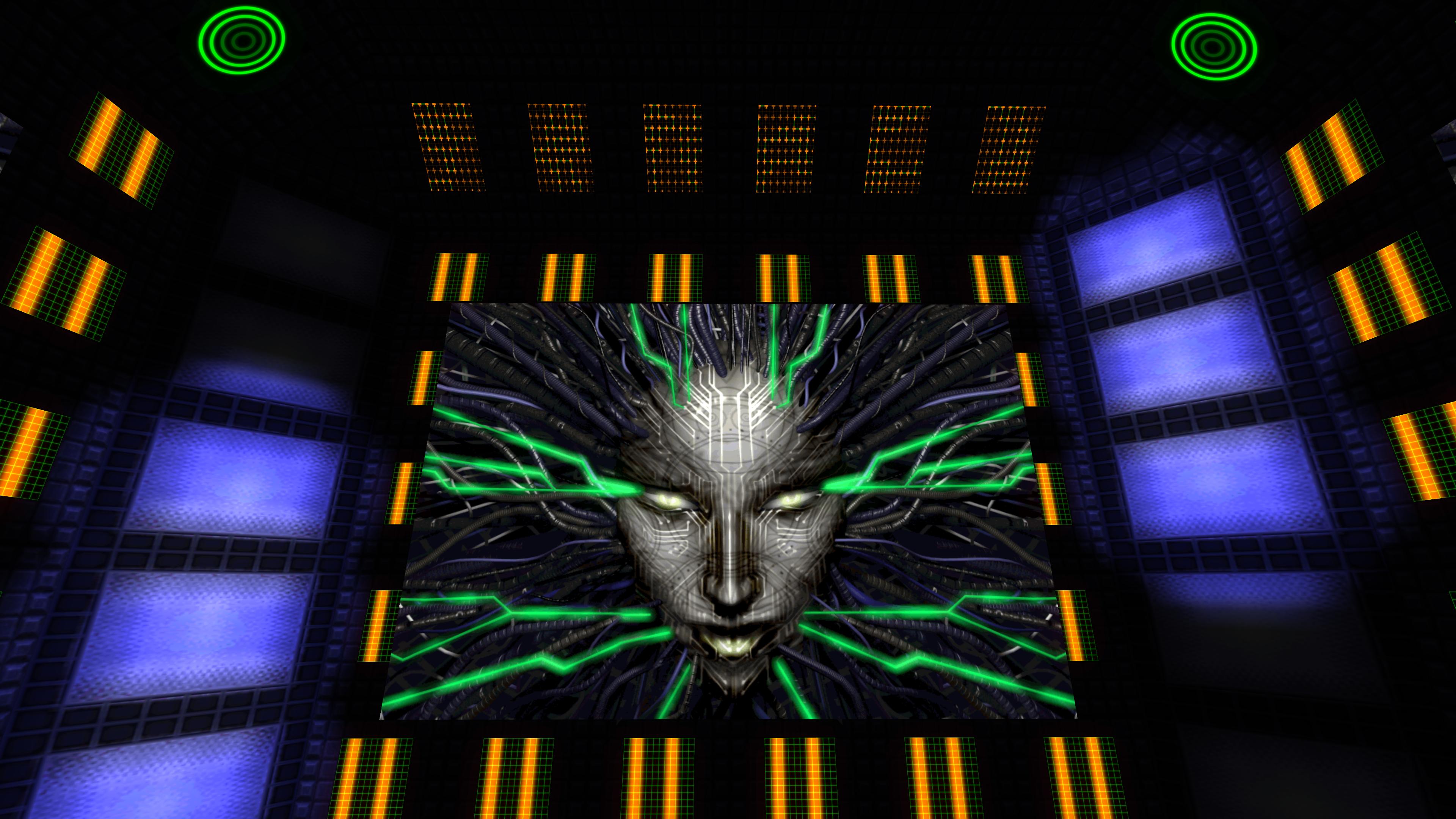
Starting off our top 3 is an iconic antagonist, SHODAN from the System Shock series. She is the primary antagonist of the first game, but in the second game you work with her until the last few levels. SHODAN is a typical malevolent, super AI that stalks you as you progress through both games (a narrative design pioneered by System Shock). She believes she is a goddess and wants to remove humanity and create her own race of cyborgs, in her mind this is the right thing to do.
Not original, but incredibly well executed throughout both games. Her dialogue, her taunts, the sound of her distorting voice are all iconic and perfectly executed for a Sci-Fi horror game,
#2
“Know that there was once a Darth Traya. And that she cast aside that role, was exiled, and found a new purpose. But there must always be a Darth Traya, one that holds the knowledge of betrayal. Who has been betrayed in their heart, and will betray in turn.”
Darth Traya, aka Kreia, is one of the three (or four depending on how you play) Sith lords in Star Wars: Knights of the Old Republic II – The Sith Lords. She guides the story along in a way that’s so very rarely seen in games. She continuously introduces new philosophical, ethical ideas to the story and is always watching you, judging you, commenting. She may make you question yourself severely, or not. It’s one of the best RPGs ever made so there are so many ways things can play out. But her dialogue and role in the story is always undeniable.
She does not even appear to be an antagonist at first. Two other Sith lords take on that role. But only one of these Sith lords serves as a cannon fodder pseudo-antagonist, and even he is an imposing, brutish character with a unique attribute that makes his presence so much more dark and eerie than any other Star Wars antagonist by far. The other Sith lord, Darth Nihilus, arguably deserves a spot on this list himself.
Traya’s ambitions are hinted at early on, but are not explicitly revealed until very late in the game. At that point, she truly epitomizes the ‘Chaotic Evil’ archetype.
But Darth Traya or Kreia, whichever you prefer, is undeniably one of the deepest and most thoughtful characters and antagonists in video game history.
#1
“My congratulations. Honestly, I mean it, well done. I was only joking about the “come get him” thing. What say we celebrate with a nice relaxing cyanide, huh? I’m sure I saw some Anthrax lying around as well!”

Well, this picture didn’t come out right. But it’s all we’ve got. Use your imagination! You will be for 95% of the game when trying to visualize Clarence.
Number one on our list of greatest video game antagonists belongs to Clarence from Penumbra: Black Plague, an episodic horror game. A truly chaotic evil character, that almost reminds this writer of an evil, twisted incarnation of Morte from Planescape: Torment.
Clarence is a very talkative fellow. He was born abruptly, manifesting as a second voice within the protagonist’s head. Frictional Games thoughtfully used this concept to fill the game with very memorable “conversations” with Clarence, which are actually monologues due to the game’s silent protagonist. Despite this, they really do feel like conversations since you’ll find yourself responding to Clarence. Why? Perhaps because he tries to kill you throughout the game, and then makes jokes about it. Plus his monologues are just so damn good, he is one of the most quotable characters in video game history.
You see, Clarence is the result of a virus known as the Black Plague. The virus causes most people to turn into hostile bumbling idiots, although when these infected are grouped together, they remain hostile but are no longer bumbling idiots. A curious thing, no? Our #4 entry describes this virus in greater detail. Said virus turned the protagonist, Philip, into a schizophrenic individual with occasional hallucinations that worsen as time goes on. Clarence feels trapped within Philip; by killing Philip he believes he’d escape. So he does everything he can to manipulate Philip, both in subtle and obvious ways, through words and deceptive trickery such as making Philip perceive a regular person as an infected.
Penumbra does a masterful job building up Clarence as a unique character, and making the player hate him. The more he talks, the more you’ll feel compelled to cure your virus just to rid yourself of his influence. A voice in Philip’s head he is, but he can exert control over his senses, putting Philip in imminent danger or making him a danger to others. He is an exceptional character and antagonist, despite not being the main antagonist of Penumbra. The main antagonist of Penumbra is #4 on our list, thus making Penumbra the only game with two entries on this list!



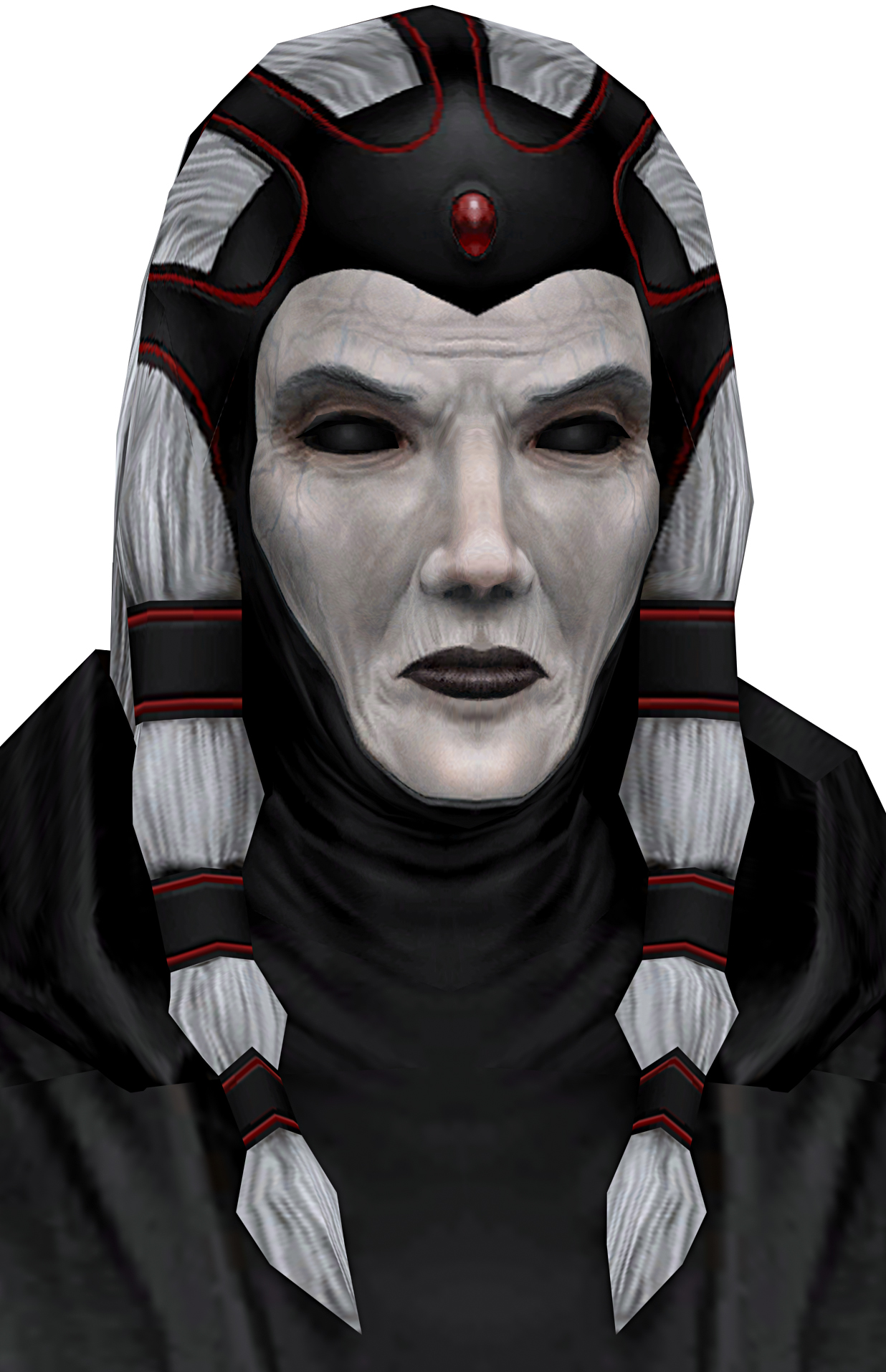


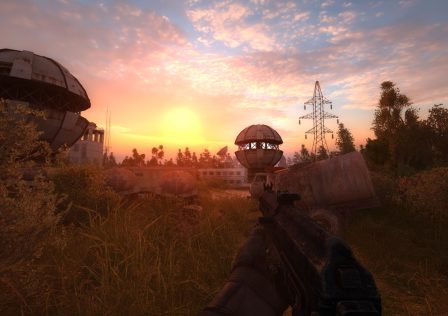

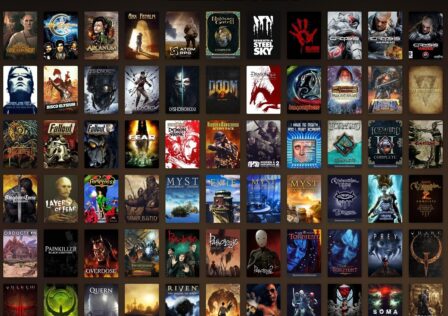
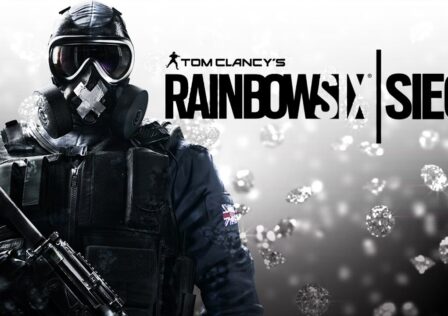
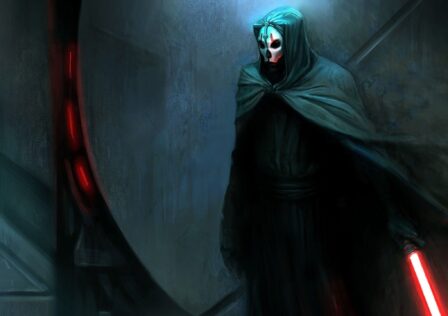


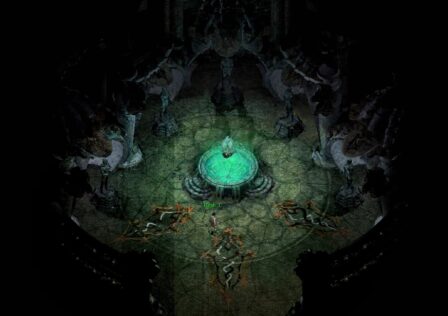

[…] this manifests as a voice and personality within Philip’s head. This results in arguably the greatest antagonist in video game history and a significant driving force in Penumbra. He names himself […]
[…] we’ll discuss that in a future article. Silent Hill 2 has also earned a spot in our “Top 10 Greatest Antagonists in Video Game History” […]